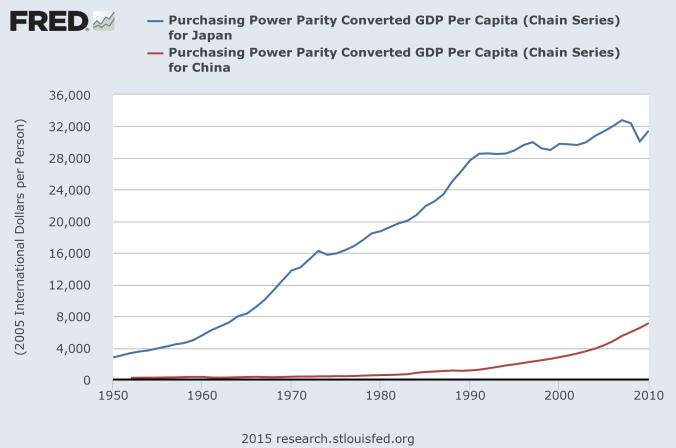I like looking at watches. Especially since the Apple watch was released, I am wondering when and what I should buy a smart watch. Now I use CASIO OCEANUS (picture below). I bought it in 2008. I like it very much. I do not think I should replace it until smartwatch is getting attractive to me.
The problem is the appearance of smartwatch. For me, watches are a kind of fashion items, rather than IT devices. So the Apple watch is not my taste because it looks IT device for me. I like the traditional taste of watches because I feel good about it.
When I found this smartwatch made by Huawey, I did not think it is a smart watch because it looks a traditional watch. It looks so cool! I think it is easy to replace my old watch to this new smart watch smoothly. I do not know how much it costs so far. I hope it is reasonable.
This is a good example of how the design of products is important. When technologies have got matured, it is getting difficult to differentiate the products from others in terms of functionality. So the design of products is getting more important.
I do not say the Apple watch is not good because it does not look a traditional watch. Some consumers love it. My taste is just mine, so I do not want to comment on which are good or bad. This is a matter of individual preference. But the more choices we have, the happier we are. Therefore, competitions in the smartwatch market can lead the market to expand by itself.
Smart watches might have a lot of new functions in the future because it fits our bodies directly. It enables us to measure the pulse of heart beats and heat of our body, for example. It means that smartwatch can collect a lot of data about our body and health. So we can create new services for healthcare, communications and so on. Therefore, smartwatch will be not just watches in the future.
In my view, smartwatch might have artificial intelligence in it and answer any questions from owners. It needs more powerful and smaller computer-chips to realize it. So it takes time to develop these applications. But I do not think it is impossible. In future, when we go abroad, all we have to do is just carrying smartwatch and we can go anywhere we want without maps and guidebooks because smartwatch has the latest international information in it and can translate many languages automatically. It will track our health conditions during our trips. If emergencies like sicknesses happen, it leads us to hospitals nearby. Smartwatch can show doctors what happens in our body during the trip by using data so that diagnoses can be more accurate. This is a kind of “dream” watch. Oh, We need it in the space trip to the moon, too!? Do you like it?





